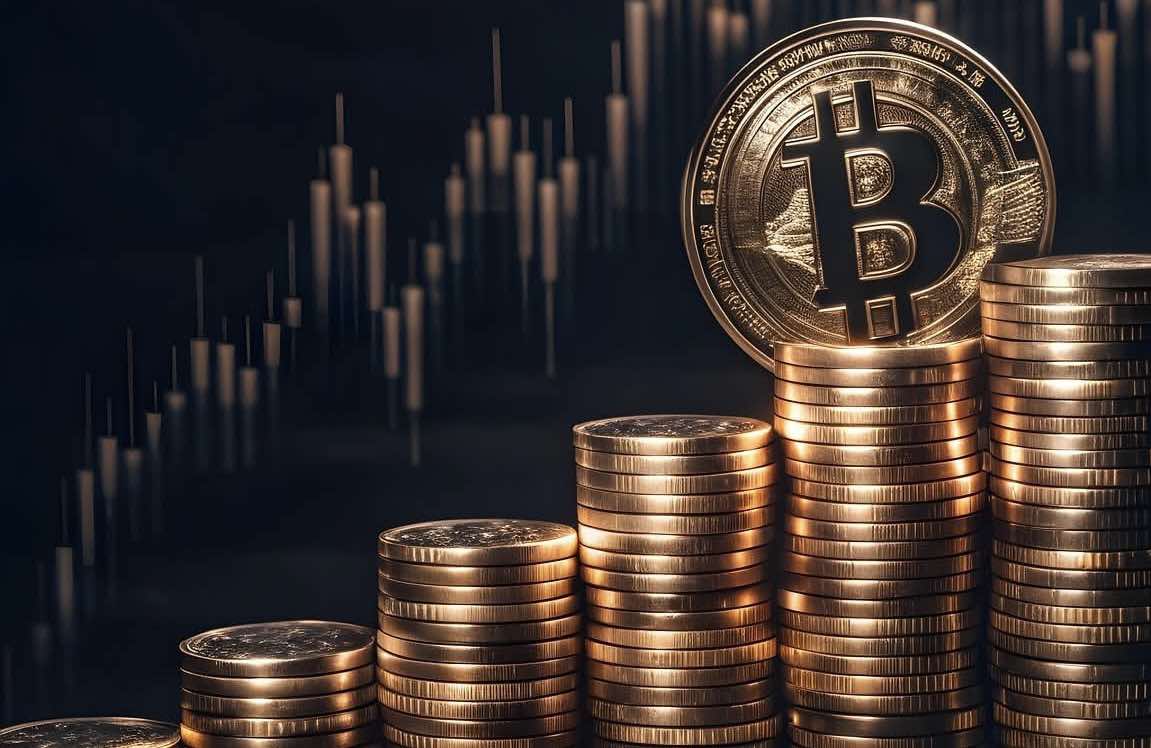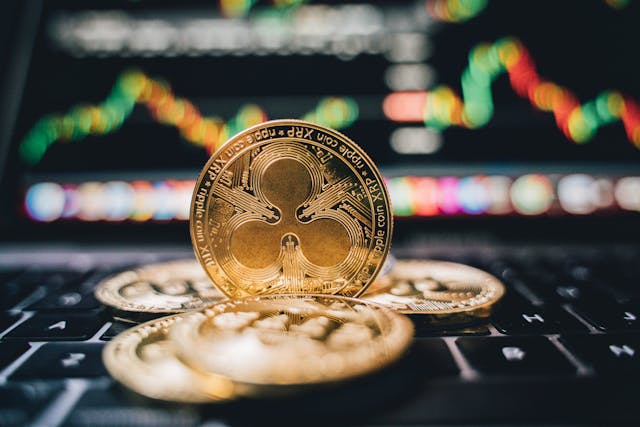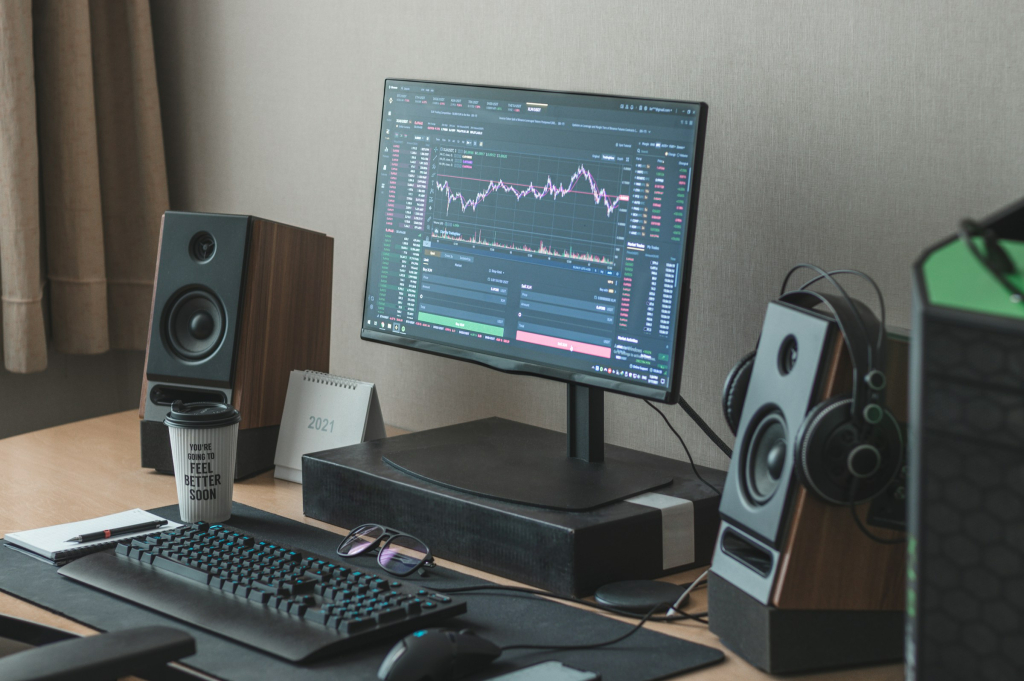Stability is the word for Bitcoin as it maintained its position above $26,000 in recent days. As the week began, Bitcoin saw its value tested several times at the $26,000 threshold, successfully keeping above that marker by the time this report came together.
Recent data from Binance, the world's leading cryptocurrency exchange, showcased possible future trajectories for Bitcoin. An examination by Material Indicators revealed that there was a considerable $50 million in bid liquidity between the $25,000 mark and the current price. In contrast, there was a mere $6 million acting as overhead resistance, meaning there was minimal pressure preventing the cryptocurrency's rise.
Material Indicators emphasized the importance of the $24,750 marker, indicating that this was Bitcoin's lowest point in mid-June and a critical level that supporters of the cryptocurrency would likely defend, consistent with past trends.
Daan Crypto Trades, a well-known analyst, pointed out two significant price points that could shape Bitcoin's future trends. He identified the 200-week moving average, set at $28,000, and another important marker around $25,000. According to Daan, fluctuations in these ranges would dominate Bitcoin's behavior in the short term.
Taking a broader look at 2023, financial expert Tedtalksmacro expressed a positive outlook for Bitcoin, highlighting the upcoming season's potential uplift. He acknowledged the unique nature of Bitcoin's surroundings in the current year, with external factors such as the higher-than-usual United States benchmark interest rates affecting its performance.
Tedtalksmacro pointed out that before 2022, Bitcoin had never faced an environment where interest rates soared above 2%. Currently, in the latter part of 2023, the Federal Funds rate sits over 5%. This rate will likely remain elevated as global central banks strive to regulate inflation.
Supporting Tedtalksmacro's positive sentiments, a recent chart indicated that October has been, on average, a very fruitful month for Bitcoin in the last three years. Similar data from CoinGlass corroborated these findings.
























Comment 0